MARKET OVERVIEW
The global cloud gaming services market is going through constant transformation, an ecosystem where innovation, competition, and consumer demands converge to shape the future of gaming. Unlike the traditional video gaming landscape, cloud gaming has transcended the confines of localized hardware, unleashing the true potential of gaming on a global scale. This research report delves into the dynamic landscape of the global cloud gaming services market, shedding light on the key elements that define this burgeoning industry.
In recent years, cloud gaming has made significant inroads into the gaming industry, changing the way players interact with their favorite titles. Rather than relying on a bulky console or a high-end PC, players can now access and play games via the cloud, instantly and without the need for powerful hardware. This shift has democratized gaming, making it more accessible to a broader audience. In the global cloud gaming services market, the traditional limitations of processing power, graphics, and storage are being replaced by the virtually limitless capabilities of cloud servers.
Key to the success of the global cloud gaming services market is the underlying technology. Cloud gaming relies on high-speed internet connections, reducing the burden on local devices. This is achieved by hosting games on powerful data centers, where the processing and rendering occur, and then streaming the gameplay to the player's device. The absence of powerful local hardware makes gaming on low-end computers, smartphones, or smart TVs a reality, further broadening the market's appeal.
The global cloud gaming services market represents a new era in the gaming industry. The convergence of technology, global accessibility, fierce competition, and diverse monetization strategies has created a dynamic and ever-evolving ecosystem. As the industry continues to expand and innovate, it is crucial to address the challenges and concerns that arise, ensuring that cloud gaming remains a pivotal force in the gaming world. With technology at the forefront, this industry is poised to shape the future of gaming for years to come.
Global Cloud Gaming Services market is estimated to reach $11,828.7 Million by 2030; growing at a CAGR of 24.0% from 2023 to 2030.
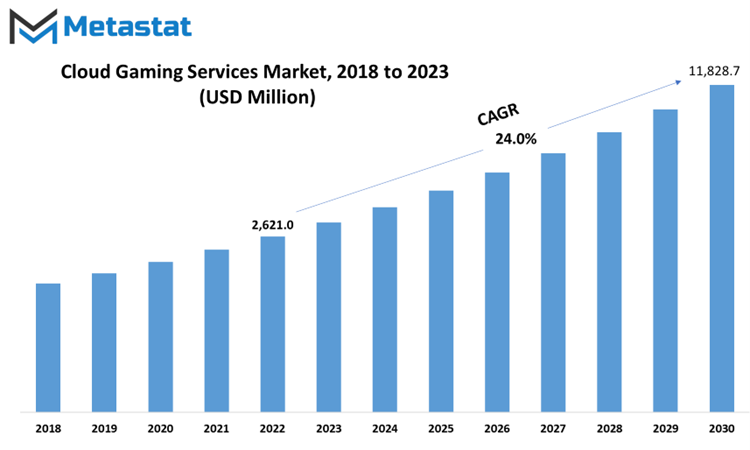
GROWTH FACTORS
The gaming landscape is in a state of constant transformation, largely driven by the relentless progress of technology. One notable aspect of this evolution is the rise of cloud gaming services. This report explores the dynamics of the cloud gaming market, with a specific focus on the influence of mobile gaming, the surge in demand for gaming content, regulatory constraints, the role of high-speed internet, and the emerging opportunities and challenges.
Cloud gaming services have gained considerable traction in recent years. This momentum can be attributed to the widespread adoption of smartphones and high-speed internet connectivity, making mobile gaming accessible to a global audience. The convenience of gaming on a mobile device has led to an upsurge in demand for mobile gaming services across diverse age groups. The availability of cloud gaming on mobile devices has not only increased accessibility but also the demand for gaming content.
In response to this demand, gaming services providers are actively creating innovative content that caters to the dynamic gaming landscape. The growth of online and mobile gaming has spurred an increased desire for gaming content, including games, expansions, and in-game items. The dynamic nature of the esports industry has further fueled this demand, prompting the development of new and exciting esports games.
However, the gaming services market is not without its challenges. Regulatory restrictions, introduced by governments worldwide, aim to protect minors from gaming-related harm. These restrictions encompass age limits, marketing regulations, and game availability restrictions. While these measures are vital for safeguarding young players, they also have an impact on the gaming services market. They limit game availability, impede marketing efforts, and raise costs for providers, particularly smaller companies. Compliance with these regulations is essential for success in the gaming services sector.
Another challenge facing the market is the limited availability of high-speed internet in certain regions. This limitation restricts online and mobile gaming, leading to a subpar gaming experience characterized by lag and slow loading times. To address this constraint, collaboration between gaming services providers and internet service providers is essential.
On the brighter side, the gaming services market is poised with opportunities. The rising popularity of cloud gaming is a significant trend. Cloud gaming allows players to stream games from remote servers, eliminating the need for high-end hardware. This not only broadens the audience for gaming but also opens new revenue streams for gaming services providers. Subscription-based cloud gaming services are gaining traction, and the technology is driving innovation in the gaming services market, enhancing the gaming experience.
However, the cloud gaming market faces its own challenge – the lack of standardization. Despite the growing demand for cloud gaming, the absence of uniform guidelines and protocols leads to varying quality and performance levels among different cloud gaming services. Users may find it challenging to make informed decisions and may face compatibility issues. Standardization is essential for a consistent and reliable gaming experience, boosting user confidence, addressing security concerns, and fostering innovation in the cloud gaming services market.
In conclusion, the cloud gaming services market is dynamic, responding to the increasing demand for mobile gaming and gaming content, while also contending with regulatory restrictions and the availability of high-speed internet. Cloud gaming is a rising star, offering new opportunities, but standardization is required to ensure its continued growth and success. The gaming services market, in all its complexity, is a reflection of the ever-evolving world of technology and entertainment.
MARKET SEGMENTATION/REPORT SCOPE
By Type
The Cloud Gaming Services Market is a multifaceted landscape. Within this market, several key segments play vital roles. It's essential to understand these segments and their respective values to gain a comprehensive view of the industry.
Professional Services is a substantial contributor to the Cloud Gaming Services Market. In 2022, the Professional Services segment was valued at 791.1 USD Million. This segment encompasses a range of specialized services that support cloud gaming platforms. These services include consultations, system integration, and solutions that cater to the unique needs of cloud gaming providers.
Support and Maintenance is another crucial component of the market. This segment, valued at 495.9 USD Million in 2022, focuses on ensuring the smooth operation of cloud gaming services. It includes activities related to troubleshooting, updates, and technical assistance, all of which are essential to keep cloud gaming platforms running efficiently.
Access and Identity Management is a segment that safeguards the integrity of cloud gaming services. Valued at 320.7 USD Million in 2022, it is responsible for managing user access, authentication, and data security. This is particularly significant in a market where user data protection is paramount.
Usage Analytics, with a value of 292.3 USD Million in 2022, provides valuable insights into how cloud gaming services are being utilized. It tracks user behavior, preferences, and trends, which is essential for optimizing service offerings and enhancing the gaming experience. The Others segment, valued at 246.5 USD Million in 2022, encompasses a variety of miscellaneous services and solutions. These can include anything from marketing and promotions to unique features and enhancements that set a cloud gaming service apart.
The Cloud Gaming Services Market is a dynamic and diverse industry composed of several key segments, each playing a vital role in the overall ecosystem. Professional Services, Support and Maintenance, Access and Identity Management, Usage Analytics, and the Others segment collectively shape the landscape of cloud gaming, catering to a broad range of needs and requirements within the market. Understanding the specific contributions and values of these segments is essential for any player in this evolving industry.
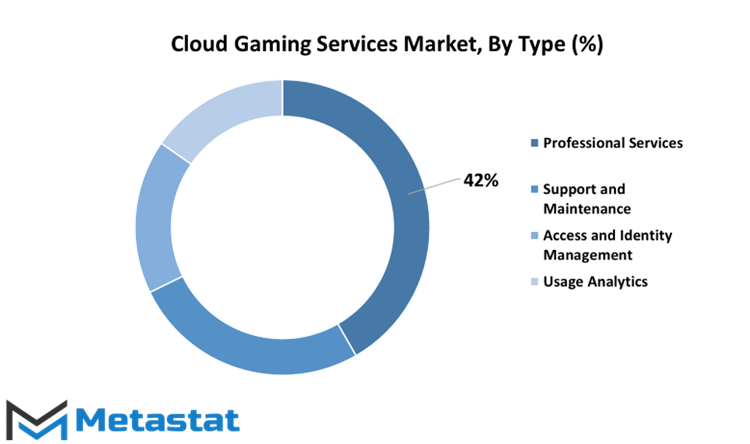
By Application
Cloud gaming services are revolutionizing the gaming landscape. These services enable gamers to access and play their favorite games via the internet, without the need for high-end hardware. The Cloud Gaming Services Market has seen significant growth, driven by its appeal to a broad range of users, including Small and Medium Enterprises (SMEs) and Large Enterprises.
In 2022, the SMEs segment of the Cloud Gaming Services Market was valued at 1443.6 USD Million. SMEs are recognizing the advantages of cloud gaming. They can leverage these services to provide gaming experiences to their customers or employees without the burden of maintaining expensive gaming hardware. It's a cost-effective way for SMEs to tap into the gaming world.
On the other hand, Large Enterprises also made substantial investments in cloud gaming. In 2022, the Large Enterprises segment was valued at 702.9 USD Million. Large enterprises often use cloud gaming for team-building activities, customer engagement, or simply to offer an entertaining break for their staff. The accessibility and scalability of cloud gaming make it an attractive option for businesses of all sizes.
The growth of cloud gaming services is also influenced by the evolving gaming industry. With cloud gaming, gamers can play the latest titles without needing to constantly upgrade their hardware. This convenience is not limited to individuals; it extends to businesses as well. SMEs and Large Enterprises can provide gaming experiences without worrying about the technical aspects, relying on cloud service providers to handle the heavy lifting.
Additionally, cloud gaming aligns with the growing trend of remote and distributed work. As more organizations adopt flexible work arrangements, cloud gaming provides a means of entertainment and team building that transcends physical office boundaries.
REGIONAL ANALYSIS
The Cloud Gaming Services Market is a global landscape where services are tailored to meet regional demands. Among these regions, Europe and South America have shown significant market growth. In 2018, the European Cloud Gaming Services market was estimated to be worth 288.6 million USD. This robust market valuation reflects the growing interest in cloud gaming services within Europe. The region's technological infrastructure, with widespread access to high-speed internet, has contributed to the adoption of cloud gaming. European gamers are increasingly drawn to the convenience of streaming games directly from the cloud, eliminating the need for high-end hardware and extensive downloads.
In contrast, the South American Cloud Gaming Services market was estimated at 36.2 million USD in the same year. Although smaller than the European market, it's a notable figure. South America has unique gaming demographics and challenges. The cost of high-end gaming hardware is often a barrier for many potential gamers, and cloud gaming services offer an affordable alternative. This factor, along with an increasing interest in gaming, contributes to the growth of the South American cloud gaming market.
Both regions represent distinct opportunities and challenges within the global cloud gaming services market. Europe's developed infrastructure and tech-savvy population drive its growth, while South America's market expansion is fueled by the need for affordable gaming solutions. Understanding these regional dynamics is essential for stakeholders in the cloud gaming industry.
COMPETITIVE PLAYERS
Cloud gaming services have witnessed a significant surge in recent years. Key players in this growing industry include Amazon Web Services and Microsoft Azure. These services mark a revolution in the gaming world by moving the gameplay experience to remote servers, which players can access through the internet. It eliminates the need for expensive gaming consoles or high-end PCs, offering a more accessible and flexible gaming experience.
Amazon Web Services (AWS), a subsidiary of Amazon, has carved a prominent place in the cloud gaming arena. AWS provides a robust infrastructure that enables gaming companies to host their games in the cloud. This means that gamers can access their favorite titles from a range of devices, from smartphones to low-end PCs, without the need for expensive hardware. AWS's global network of data centers ensures low-latency gaming, a crucial factor for a seamless gaming experience
On the other side of the spectrum is Microsoft Azure, Microsoft's cloud computing service. Microsoft has integrated its cloud capabilities with Xbox Game Pass, a subscription service that offers a vast library of games. With Azure's support, Microsoft has made a significant push into cloud gaming with Project xCloud, allowing players to stream games directly to their devices. The synergy between Xbox Game Pass and Azure offers a comprehensive gaming ecosystem.
These key players are pushing the boundaries of cloud gaming, making it accessible to a broader audience. As internet infrastructure continues to improve, cloud gaming services are likely to become even more prevalent, transforming the way we play and access games. This evolution presents an exciting trajectory for the gaming industry, with Amazon Web Services and Microsoft Azure leading the way.
Cloud Gaming Services Market Key Segments:
By Type
- Professional Services
- Support and Maintenance
- Access and Identity Management
- Usage Analytics
- Others
By Application
- SMEs
- Large Enterprises
Key Global Cloud Gaming Services Industry Players
- Amazon Web Services, Inc.
- Microsoft Azure
- Google Cloud
- Unity Technologies
- Photon Engine
- bitHeads Inc.
- Tavant Technologies
- Back4App
- ShepHertz Technologies Pvt Ltd
- Huawei Cloud
- Tencent Cloud
- LeanCloud
WHAT REPORT PROVIDES
- Full in-depth analysis of the parent Industry
- Important changes in market and its dynamics
- Segmentation details of the market
- Former, on-going, and projected market analysis in terms of volume and value
- Assessment of niche industry developments
- Market share analysis
- Key strategies of major players
- Emerging segments and regional growth potential



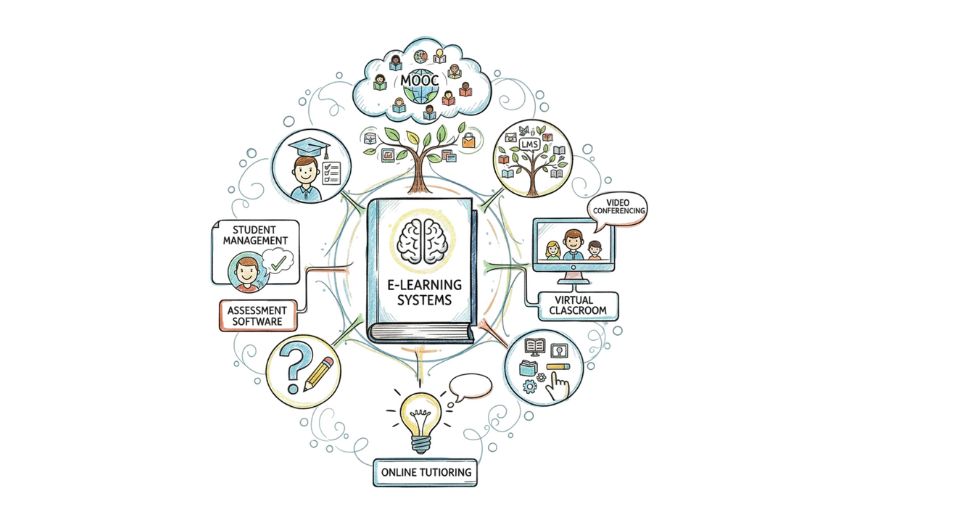
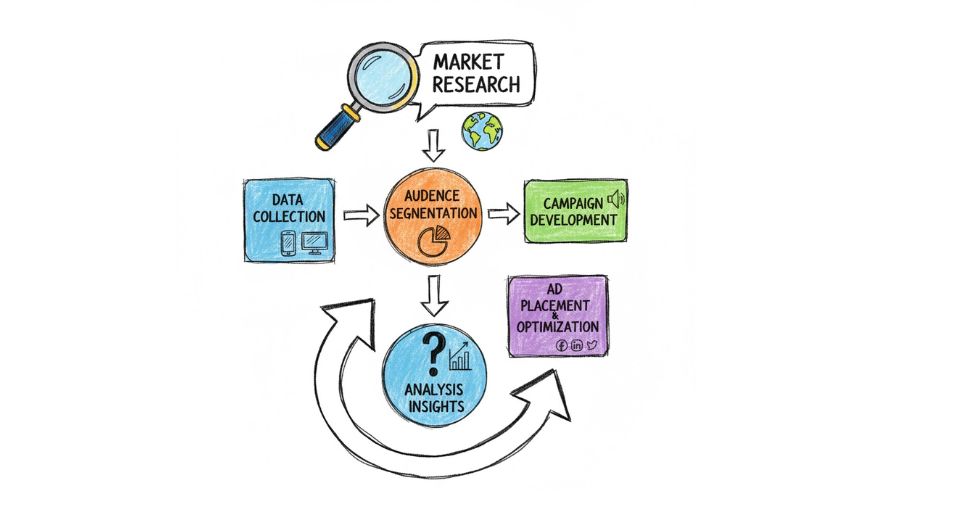

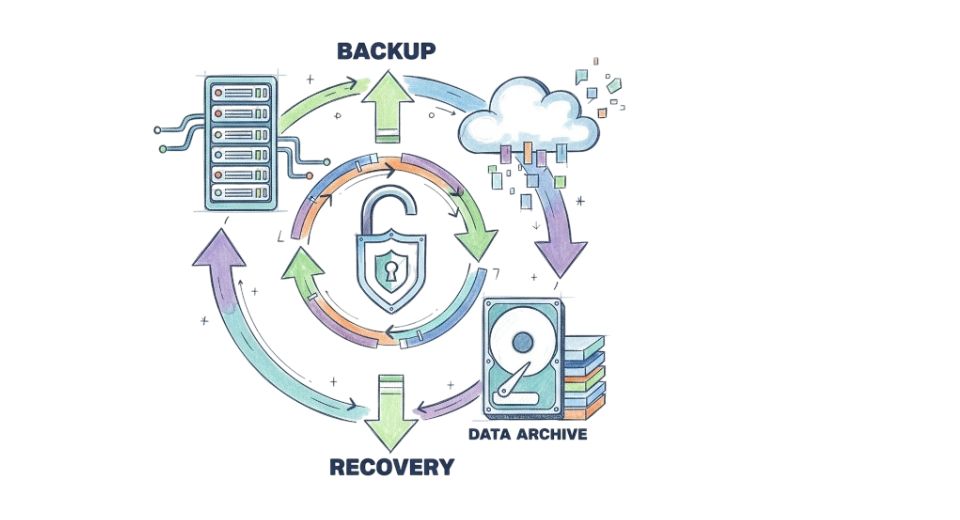

 US: +1 3023308252
US: +1 3023308252






